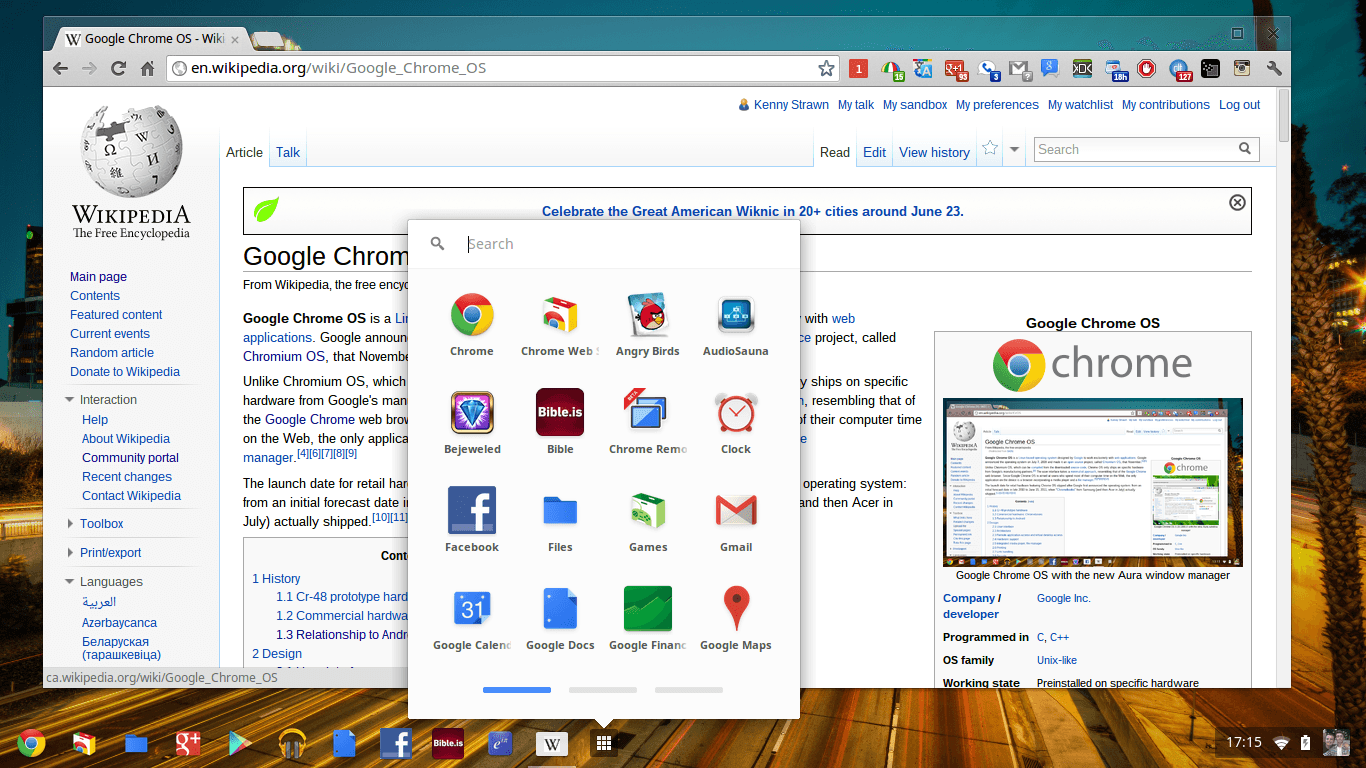

- #Make a linux bootable usb on mac for a pc how to#
- #Make a linux bootable usb on mac for a pc install#
- #Make a linux bootable usb on mac for a pc archive#
- #Make a linux bootable usb on mac for a pc windows 10#
- #Make a linux bootable usb on mac for a pc software#
Either mount the ISO file and copy everything via Finder or it may be faster and more reliable to use an archive utility such as Keka or p7zip (command line tool from Homebrew or MacPorts) to extract the contents of the image as shown below.ħz x /path/to/Windows.iso -o/Volumes/Windows\ 10 (p7zip example) Now copy the contents of the Windows ISO file to the flash drive. The UEFI_BOOT partition should appear as shown below: Hdiutil detach /Volumes/UEFI_NTFS (or eject the virtual disk) Then copy the contents from UEFI_NTFS to the UEFI_BOOT partition.Ĭp -R /Volumes/UEFI_NTFS/* /Volumes/UEFI_BOOT/ Hdiutil attach /path/to/uefi-ntfs.img (or double click the file) If using UEFI_NTFS download and mount the uefi-ntfs.img file. diskutil partitionDisk disk# 2 MBR "MS-DOS FAT12" "UEFI_BOOT" 1M ExFAT "Windows 10" R diskutil eraseDisk ExFAT "Windows 10" MBR disk#ī. Hdiutil detach disk# (or eject the virtual disk)įormat as exFAT with either a single partition (a) or two partitions if using UEFI_NTFS (b).Ī.

Wimsplit /Volumes/Windows_DVD_Label/sources/install.wim /Volumes/WINDOWS\ 10/sources/install.swm 3800
#Make a linux bootable usb on mac for a pc install#
Install wimlib with Homebrew or MacPorts and use wimsplit to divide and transfer the install.wim file. Now move the extracted files to the root of the flash drive. Rsync -avh -progress -exclude=sources/install.wim /Volumes/Windows_DVD_Label /Volumes/WINDOWS\ 10/ Hdiutil attach /Path/to/Windows.iso (or double click the file) Sudo diskutil eraseDisk FAT32 "WINDOWS 10" MBR disk# Substitute the correct disk and Windows DVD path below. Open Terminal and use "diskutil list" to identify your flash drive (example disk3 below) then prepare using one option below (FAT32 or exFAT).įormat as FAT32 with a single partition, mount the Windows ISO and copy all files except install.wim with rsync.

Legacy/BIOS booting is unaffected by filesystems and can boot directly. If using exFAT you will likely need to boot the Windows installer from Clover or OpenCore or use the UEFI_NTFS bootloader from Rufus unless your firmware has native UEFI boot support for exFAT (see last section for details).
#Make a linux bootable usb on mac for a pc windows 10#
NOTE: Recent releases of Windows 10 contain a file (install.wim) larger than 4GBs requiring it to either be split to accommodate the 4GB maximum file size limitation of FAT32 or the drive to be formatted as exFAT. Read carefully and download/install any required resources before attempting these procedures.ĭownload the Windows 10 ISO file and have an 8GB or larger USB flash drive ready.
#Make a linux bootable usb on mac for a pc how to#
This procedure is intended as a replacement for " How to create a bootable Windows 10 USB in OS X using Terminal" as the technique described there is relevant to Linux hybrid ISO files (see references) but is unlikely to produce bootable Windows media. Windows 10 is described here but these instructions are valid for Windows 7/8. It can optionally be made BIOS bootable for legacy systems/installations as detailed below if desired. The resulting media will be bootable on any UEFI capable system which should be sufficient for the vast majority of computers in use today. This guide will detail the procedure to create a bootable Windows installer on a USB flash drive from either platform. I plugged the prepared USB drive into the side of the computer.Building a CustoMac Hackintosh: Buyer's Guide I used a five-year-old all-in-one desktop computer that has 8 gigabytes of RAM and an i5 processor.ġ. Booting from USB usually requires a specific keystroke combination. Once you have created the bootable USB drive and have a suitable hardware host, you can begin. I look for systems that have wired and wireless and connections to the internet. I also recommend that you ensure that the system has a USB drive and a connection to the internet. Fedora recommends 1GHz or faster processor, 1GB System Memory, and 10GB unallocated drive space. Be sure to check the hardware specifications of your machine carefully. You might find a really good prospective machine from eBay or from a hardware liquidator. Some hardware vendors sell off-lease computers at very attractive prices. Fedora and Ubuntu have excellent recommended hardware documentation. If that is not the case, then there are a number of affordable options available to you. You are really fortunate if you happen to have an old computer around your home or workplace. It runs on either macOS or Windows and will allow for the easy creation of the bootable USB drive.

#Make a linux bootable usb on mac for a pc software#
After you have downloaded the ISO file, you will need to use a software tool that can create a bootable USB drive. You are going to need a computer that has a CD/DVD drive or one that can support booting from USB.


 0 kommentar(er)
0 kommentar(er)
